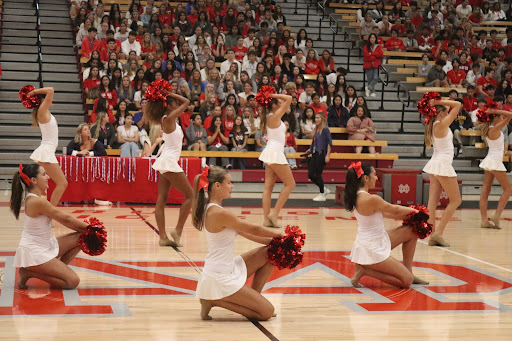
As one of the only competitive performing arts, Song is uniquely different from any other sport or elective. Not only does the program utilize its dancers to cheer at games and other school events, but it also grants students opportunities to compete in dance competitions across the nation. The team focuses on a variety of dance styles for competitions including pom, jazz, and dance acrobatics while also prioritizing the technique of its dancers. The Song program is a great way for dancers to continue improving in their craft, feel a part of a larger community, and instill school spirit by cheering on other Monarch teams.
Junior Sophia Schrader is a first-year member of the Song program. She has loved being a member of the team so far and hopes to continue competing with the team for the remainder of her time at Mater Dei. She communicates her favorite aspect of the program.
“[My favorite part of Song is] probably jazz and game day,” Schrader said. “[I] like what we do on the sidelines and [at] football games.”
One key aspect of Song is supporting Mater Dei’s other athletic programs. For the majority of the year, during football and basketball season, the group performs their cheers and dances alongside the MD cheerleaders. It is through these small performances that young dancers demonstrate their school spirit and gain confidence in their dancing.
“I have been pushed out of my comfort zone [from performing at games],” Schrader said. “[Ultimately, I have] improved in dance too.”
Freshman Sophia McKay has been an avid dancer since a young age and hopes to gain more experience through the Song program. She had the opportunity to join the program at the start of the year as a freshman and perform at games, and learn Song’s cheers and dances.
“Every freshman and sophomore cheers at JV games, and then juniors and seniors cheer [at] varsity games,” McKay said. “And then for special games, [every song member] cheers at those too.”
For games, Song members have to learn the initial cheers and dances. They learn the cheers at the start of joining Song and continue to use those same cheers throughout their high school career. Song also creates new cheers and dances during each school year to incorporate into their routine.
“[The Song program] will change some cheers throughout all four years. We learn 20 different [cheers]. We also have small dances that are twenty to thirty seconds, and sometimes a minute [long],” McKay said.
In addition to cheering at games, Song performs at a variety of school events. Song has danced at every rally so far this year. The dancers encourage students to show their Monarch pride and attend games. At the Homecoming Rally, Song dancers choreographed a dance alongside Mater Dei Dance Conservatory members and the MD Hip Hop Team.
After Basketball season ends, the program prioritizes the majority of its time to prepare the dancers for competitions. Throughout the year, the Song members learn the three main dances that they later perform at competitions. Song choreographs a pom, jazz, and game day dance for these events. 13 of the 20 members are in each dance, except the game day dance. Every member has the opportunity to perform in the game day dance at competition, while the other dances have fewer dancers, making it more selective.
“We don’t [exactly] have a Junior Varsity [or Varsity for competition],” McKay said. “I’m in pom, jazz, and game day, but our whole team is in game day.”
The team ultimately prepares for their important national competition in Florida at the end of their season. They practice consistently and diligently to achieve their goals. The competitions leading up to the National Championship are practices for this finale.
“[Our competition season] goes from December to February and we do five competitions,” McKay said. “We have one big competition in Florida where we are going for a week.”
The team has a very busy but organized schedule to prepare for these competitions and games. All Song members are required to be enrolled in the Song classes for both Block 1 and Block 3. During these blocks, they efficiently use their given time by warming up, stretching, and practicing each of their dances.
“We start off by running a mile every practice, and then we go inside, [to] stretch, and then we’ll go through [our dances],” McKay said. “[We] usually do forty five minutes of pom, forty five minutes of jazz, and forty five minutes of game day, which [are] our competition dances. If we have a rally, we will practice our dances [for that too].”
Most Song members are trained dancers who have spent years specializing in their craft. Some even practice on club teams after school during the week and perform in outside competitions on weekends. Those who join Song are required to have some type of dance background and demonstrate their 100 percent effort. Not only is the tryout during the spring an assessment on technical dancing expertise, but also a test to the determination, willpower, and dedication of the athletes.
“I’ve danced since I was four,” McKay said. “I go to [a] studio three times a week for usually four or five hours a day. Most people go to [a] studio, and I compete with my studio. Some people don’t compete, though.”
Mater Dei Song Coach Aubrey Price has been the leader of the MD program since 2009. She has led the team through countless victories and achievements throughout her career at the school, while increasing school-wide spirit. She has a well-tuned process for choosing the dancers for each school year.
“They can audition in the spring for the program, and then our season starts in June,” Price said. “The tryouts happen over [the course of a] week. [Students] go in and learn a routine and have about a day [to learn it]. Then [they] go into auditions in front of a judging panel in groups [to] perform the routine that [they] learned. The teams are decided right after auditions, and we announce who is in each of the different performing programs within two days. Then once you’re on the Song team, [dancers] go to the two camps in the summer. Competition teams are then picked in August.”
The program prefers students with prior dance experience but it does provide opportunities for beginner dancers, such as game day cheers and dances. Before the tryouts, however, students are encouraged to attend workshops on technique or any specific style of dance to improve their chances of being selected as a Song dancer. Additionally, attending games and watching the cheers is a great way to observe the genre of dancing the team does first-hand.
“A background in dance is helpful, but [Song] has different routines for different levels of dancers that come in,” Price said. “We have advanced routines like our pom and jazz, and we have an all inclusive sideline style, which is what you see at games. If [students] don’t have a strong background in dance technique, [they] would probably start with doing sideline game day routines. Taking a ‘turns and leaps’ dance class or a pom specific stylized dance class is always a good way to start. Also, watching the sideline routines that we do, to [have] an idea of the style, also helps.”
Song has a variety of fun experiences from game-day cheers, to rally performances, and dance competitions. Dancers have the opportunity to accomplish all genres of dance while competing and showing their pride for their school. Not only do they grow together as a team, but as individual dancers as well.
“My favorite part of song is either competitions or cheering at big games, like rival games,” McKay said.
Ultimately, most Song dancers believe that the program is beneficial in numerous ways. Students are able to create life-long friendships, be challenged in a variety of dance genres, perform in competitions with their talented team, and cheer on their school. Incoming students and current students should strongly consider the program if they have an interest in both dance and cheering. Song is a great mix of both, allowing students to become well-versed dancers.
“I love Song,” McKay said. “It [has] stretched [my] knowledge. It is difficult because I had never done [anything] like pom before. It’s very different [in a good way]. For the cheers [I’m] not embarrassed. It’s a performance [that I feel] confident about.”




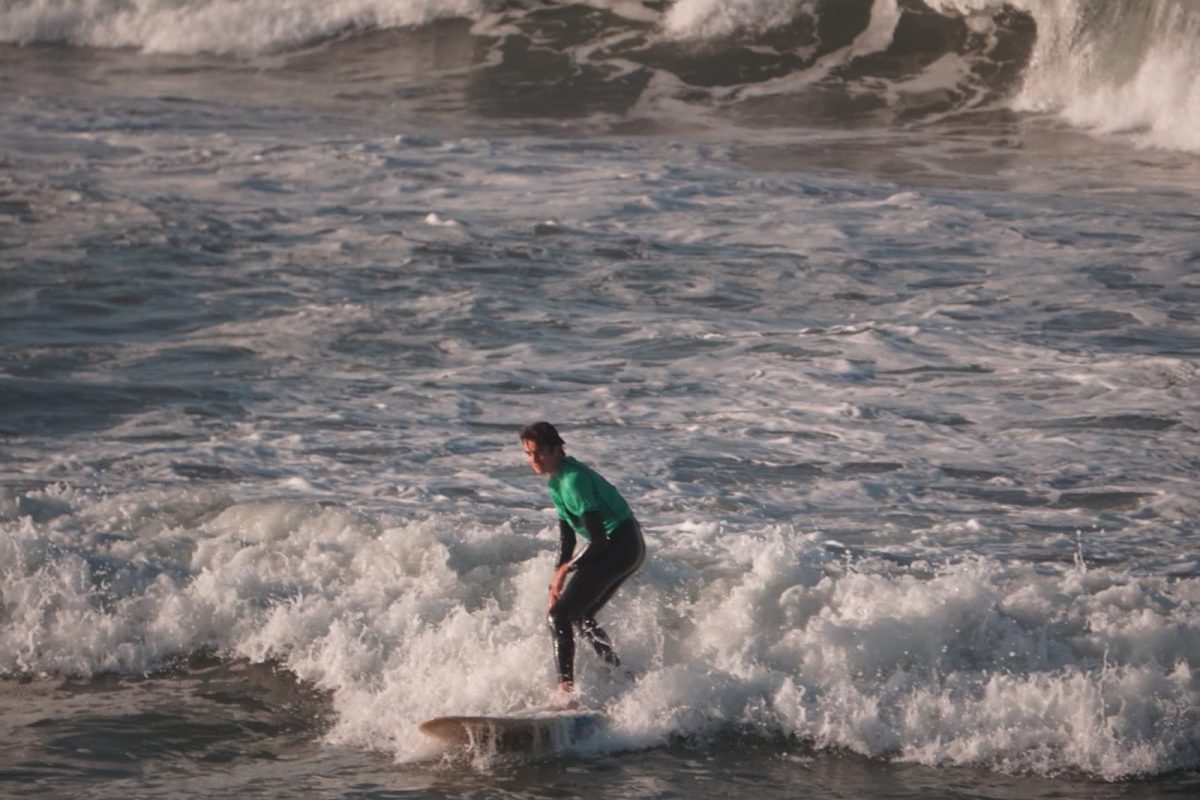
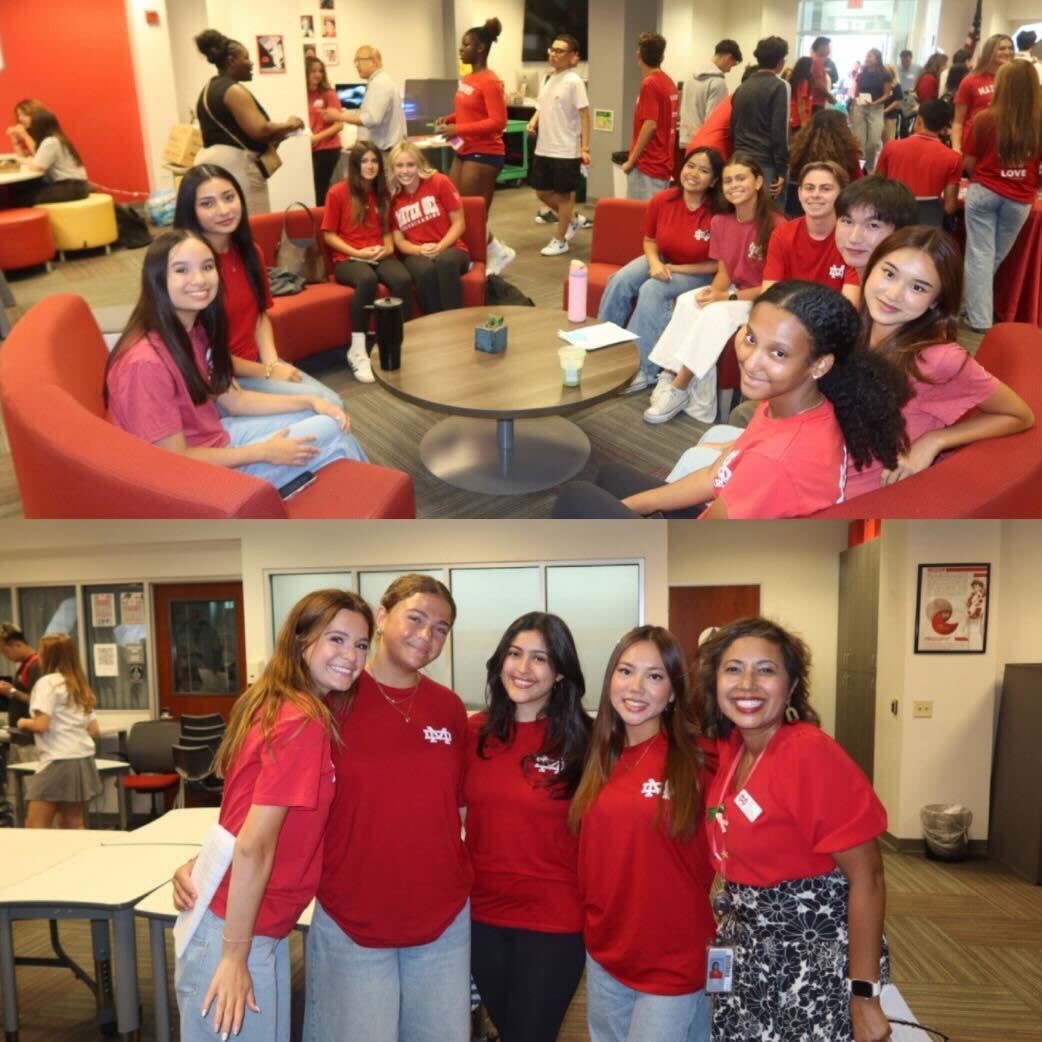
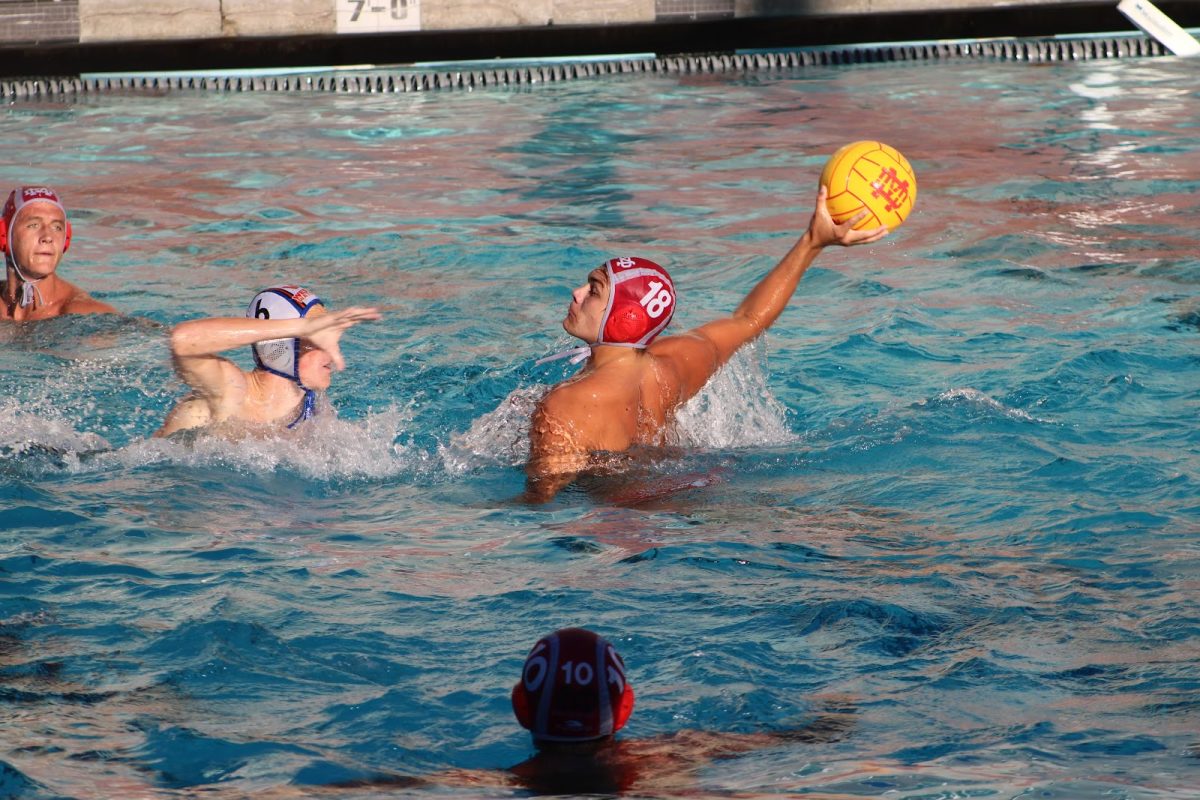

![PUTTING IN OVERTIME: Student wrestlers participate in scrimmage matches during practice. The Mater Dei Wrestling Team puts a lot of time and effort into training for matches. “I practice every day,” Gomez said. “We train for three hours and then [a] two hour lift.”](https://thescarletscroll.com/wp-content/uploads/2025/09/wrestling.jpg)
![SETTING THE STANDARD: Mater Dei High School and Playfly Sports announced its historic media partnership in the spring of 2025. As Mater Dei Athletics continues to achieve new heights, Playfly will introduce new partnerships and sponsors for these programs. With the added revenue and resources, Mater Dei can improve the high school experience for all students, while engaging the community in a showcase of Monarch pride. “[This partnership is designed] to increase the experience that our athletes and our non-student athletes have with the [athletic] programs,” Melvin said. “School spirit, engagement, and pride are all things we [keep in mind].” Photo taken by Kenzington Ragge.](https://thescarletscroll.com/wp-content/uploads/2025/09/IMG_0237.jpeg)
![FAITH THROUGH GENERATIONS Lenore O’Hara ‘53 (right) and Director of Discipline and Attendance Timothy O’Hara ‘78 (left) open the 75th Anniversary Mass in the Grotto. The attendance of alumni, faculty, students, and parents highlighted the connection within the school community. Vice President of School Relations Scott Melvin reflected that this was one of his most memorable moments he has had so far. “At the beginning in our opening Mass, watching Lenore O'Hara go up on stage, speak, and open our Mass, that was really beautiful,” Melvin said. “Although [Mater Dei has] changed tremendously over the years, elements that happened back in 1950 are still present today. And we are still fulfilling the mission of Catholic education and building servant leaders with our students.” Photo courtesy of Mater Dei High School.](https://thescarletscroll.com/wp-content/uploads/2025/09/IMG_3323-1200x808.jpeg)
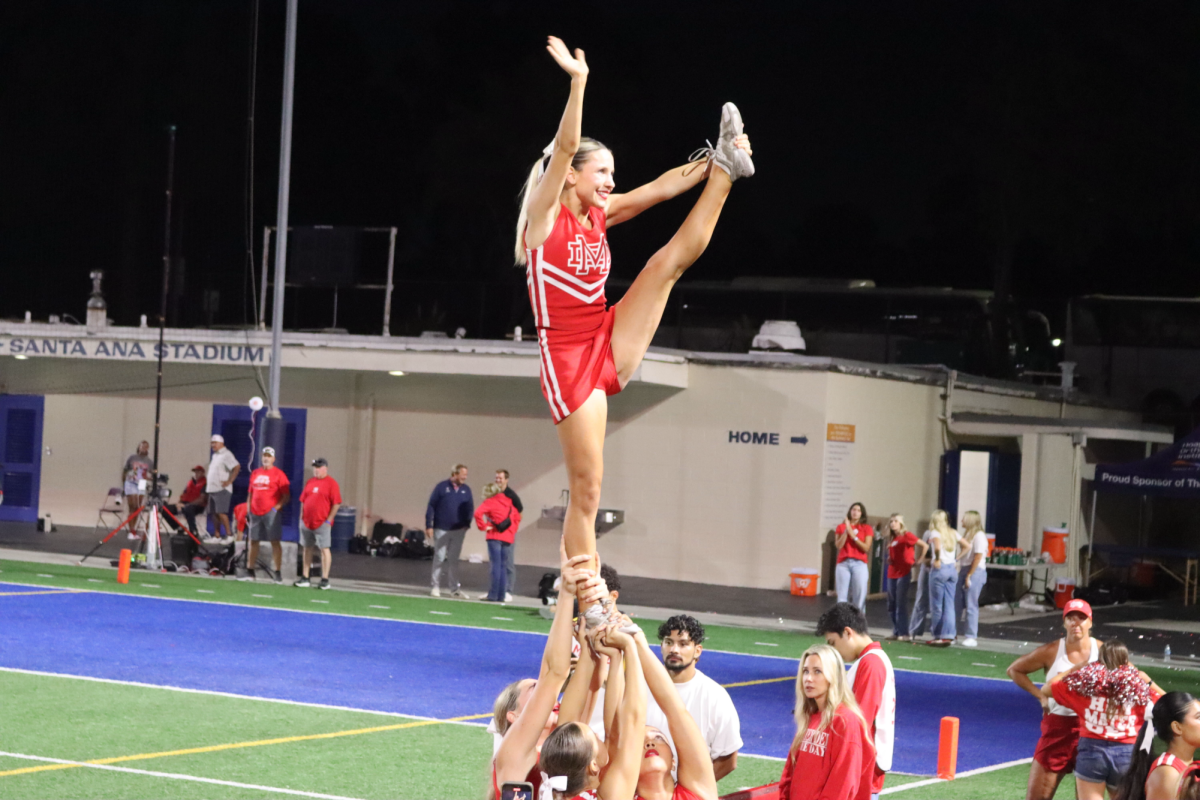
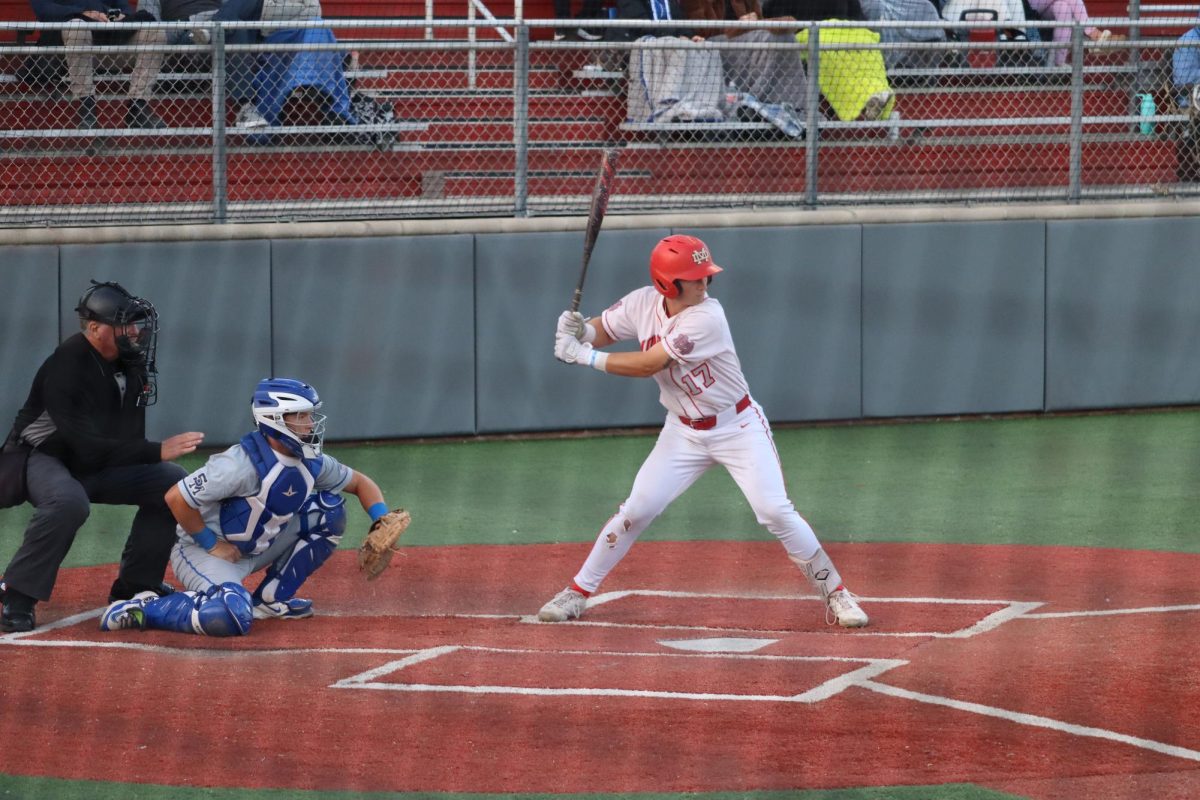
![DUNK THE TRASHKETBALL Honors Biology Teacher Kelly Petro clarifies the rules of his interactive science activity. Trashketball, Petro’s newly created game, reinstates crucial science concepts and terminology while allowing students to study recently learned material. Whether in the classroom or on the lacrosse field, Petro ensures that his student-athletes absorb the information using unique study methods. “For school, I try [to have] a general sense of what works for everyone in the classroom [studying wise]. I want everyone to know the [importance of what we are doing in biology],” Petro said.](https://thescarletscroll.com/wp-content/uploads/2025/06/HEIF-Image-1200x800.jpeg)
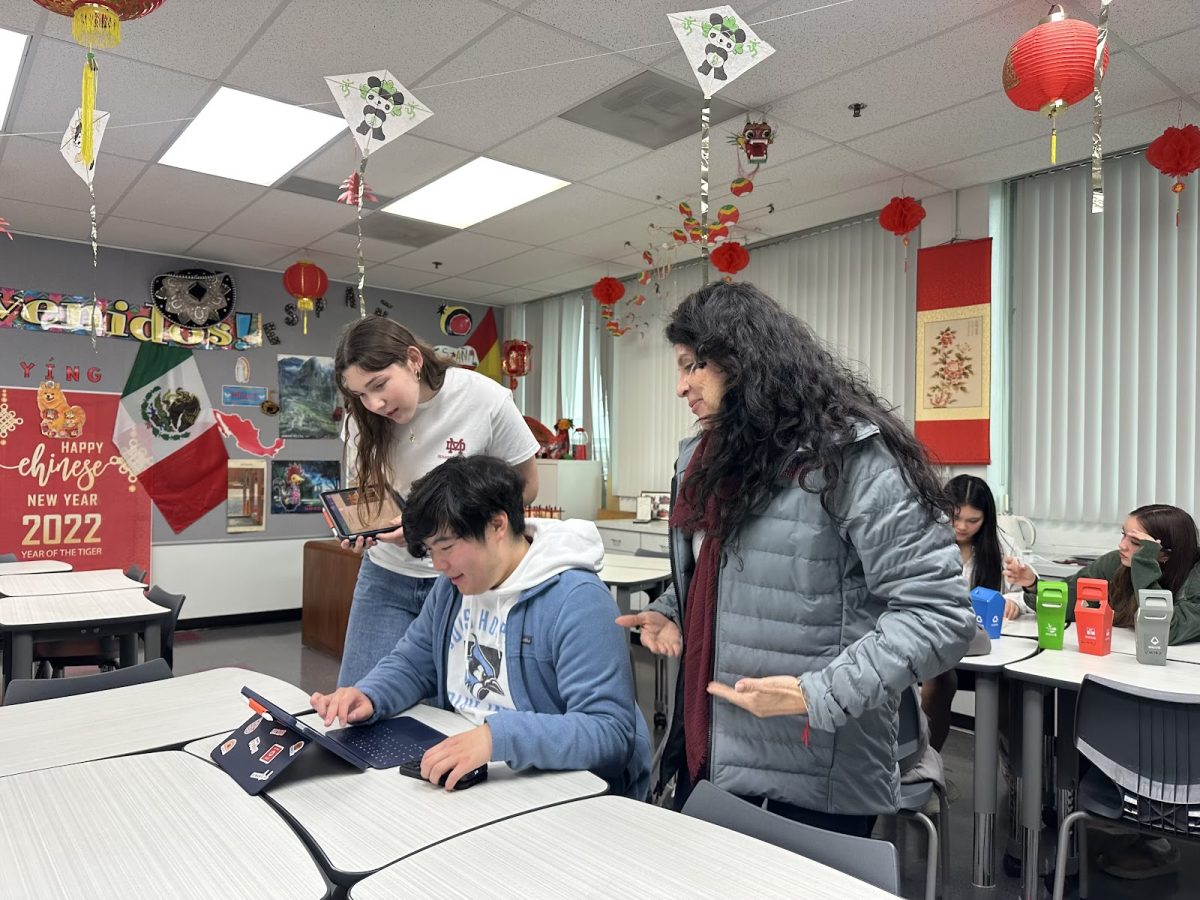
![LOOKING BACK AND LOOKING FORWARD As seniors prepare to don their caps and gowns, many reflect on their high school experience with a sense of pride. While four years may sound short, these years represent a great amount of growth and change within each and every student. Senior Sophia Tordera offers advice to future seniors looking to make the most of their final year. “Enjoy your last year and if you haven't done any of the school activities or been to any of the events, you should definitely go,” Tordera said. [Illustration by Victoria Cox]](https://thescarletscroll.com/wp-content/uploads/2025/04/IMG_1884-1200x902.png)